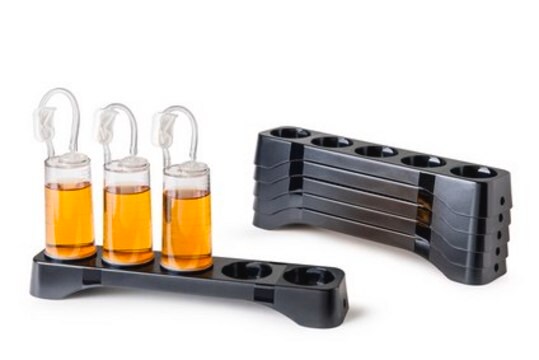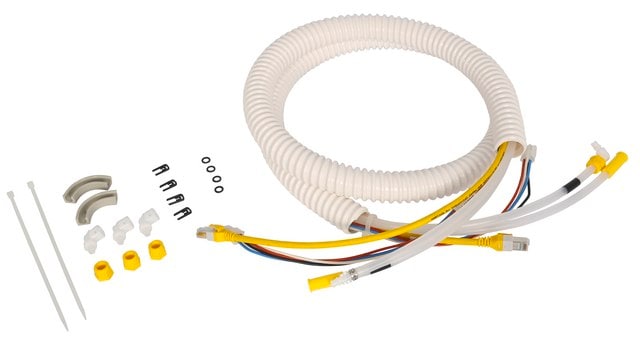05-23-0050
Corticotropin Releasing Factor, Human and Rat
An immunomodulatory neuropeptide that acts to release ACTH from the anterior pituitary and stimulates the sympathetic nervous system and adrenal medulla.
Sinônimo(s):
Corticotropin Releasing Factor, Human and Rat, CRF, CRH, Corticotropin-releasing hormone
About This Item
Produtos recomendados
Nível de qualidade
Ensaio
≥97% (HPLC)
forma
lyophilized solid
fabricante/nome comercial
Calbiochem®
condição de armazenamento
OK to freeze
desiccated (hygroscopic)
técnica(s)
cell based assay: suitable
cor
white to off-white
solubilidade
5% NH4OH: 1 mg/mL (prepared with H₂O)
Condições de expedição
ambient
temperatura de armazenamento
−20°C
chave InChI
VXFVFWFSJFSXHN-FAUHKOHMSA-N
Informações sobre genes
human ... CRH(1392)
Descrição geral
Corticotropin-releasing factor (CRF), a 41-amino-acid peptide, is widely expressed in neurons throughout the mammalian brain and several peripheral tissues such as the pancreas, stomach, and small intestine. It functions by stimulating the secretion of corticotropin in the anterior pituitary, which in turn regulates adrenal cortex synthetic/secretory activity. Human CRF is located on chromosome 8q13 and is identical to rat and mouse CRF. It assumes a random coil structure under physiological conditions and α-helix shape in an amphiphilic environment.
Aplicação
Ações bioquímicas/fisiológicas
Primary Target: An immunomodulatory neuropeptide
The product does not compete with ATP.
Reversible: no
Corticotropin-releasing factor (CRF), a neuropeptide also known as corticotropin-releasing factor (CRH), plays a crucial role in the stress response by activating the hypothalamic-pituitary-adrenal (HPA) axis and extrahypothalamic pathways. It acts by releasing Adrenocorticotropic Hormone (ACTH) from the anterior pituitary, stimulating the sympathetic nervous system and adrenal medulla. Besides its involvement in stress regulation, CRF peptides have diverse effects on both, the central nervous system and peripheral tissues. This includes potential regulation of anxiety, mood, feeding, inflammation, gastric emptying, and blood pressure. Aberrant secretion of CRF could potentially contribute to the development of various neuropsychiatric disorders such as anxiety, depression, obsessive-compulsive disorder, Parkinson′s disease, Alzheimer′s disease, alcohol withdrawal, and post traumatic stress disorder. Also, CRF and CRF-R1 (Corticotropin-Releasing Factor Receptor 1) have been observed in lymphoid organs and sites of inflammation, suggesting a role in immune system regulation.
Embalagem
Advertência
Sequência
forma física
Reconstituição
Outras notas
Wei, E.T., et al. 1993. Ciba Found. Symp. 172, 258.
Smith, E.M., et al. 1986. Nature321, 881.
Udelsman, R., et al. 1986. Nature319, 147.
Informações legais
Código de classe de armazenamento
11 - Combustible Solids
Classe de risco de água (WGK)
WGK 3
Ponto de fulgor (°F)
Not applicable
Ponto de fulgor (°C)
Not applicable
Certificados de análise (COA)
Busque Certificados de análise (COA) digitando o Número do Lote do produto. Os números de lote e remessa podem ser encontrados no rótulo de um produto após a palavra “Lot” ou “Batch”.
Já possui este produto?
Encontre a documentação dos produtos que você adquiriu recentemente na biblioteca de documentos.
Nossa equipe de cientistas tem experiência em todas as áreas de pesquisa, incluindo Life Sciences, ciência de materiais, síntese química, cromatografia, química analítica e muitas outras.
Entre em contato com a assistência técnica





